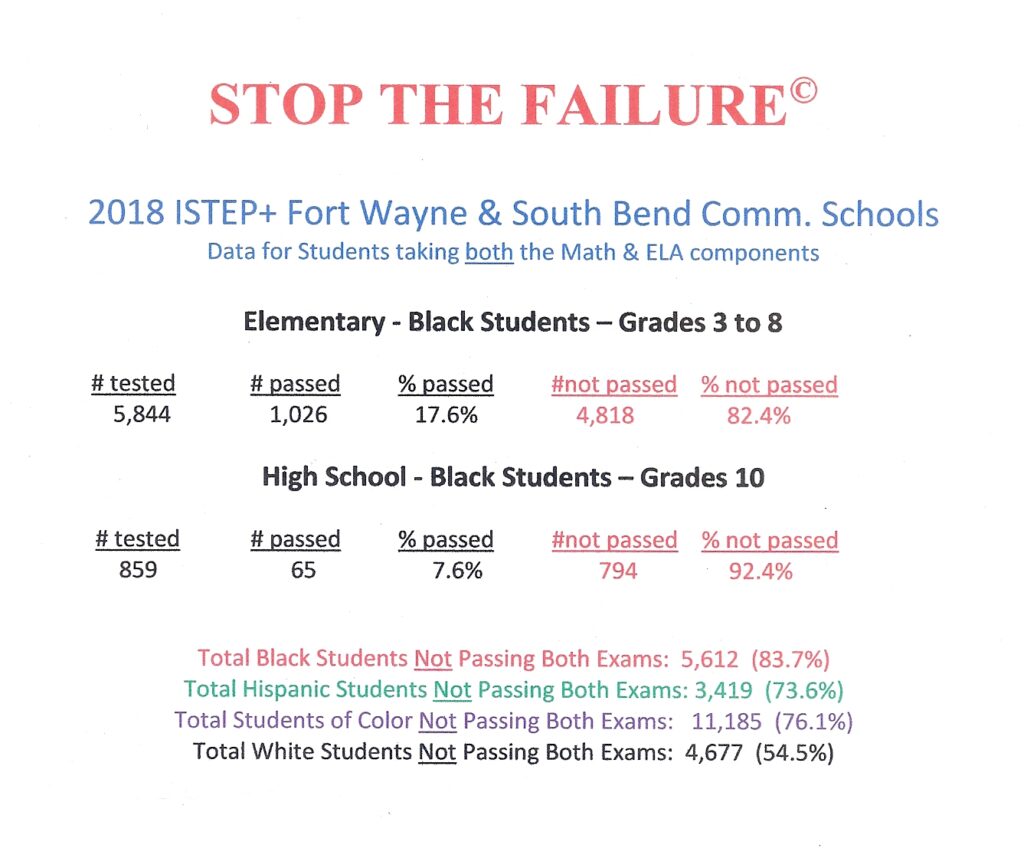In our existing classrooms, students are given only so much time to study a new lesson and practice its skills, while striving to learn from their mistakes. Time must be a variable resource available for teacher and students in whatever quantities students require to learn.
The administration of tests and moving students on to new lessons is driven by schedules and calendars embedded in academic standards rather than by the needs of students and teachers. In other settings we test to determine if someone or something is ready. Why not in education?
Across the U.S., today we can estimate that, when it is time for the chapter test, 30 percent or less of students will earn A’s, and B’s, while another thirty five percent, approximately, will earn C’s. The remaining 35 percent of students will post D’s and F’s. All will be moved on to subsequent lessons in each subject area, ready or not.
Only the top thirty percent will move on to new lessons in possession of the prerequisite knowledge and skills success on subsequent lessons will require. These students will learn more as they move from one lesson to the next but what about their classmates?
Somehow, we must embrace the maxim that all kids count or none of them count. Students pushed ahead without prerequisite knowledge and skills will fall behind with each lesson.
Don’t take my word for it. Examine teachers’ gradebooks. It matters little that students in a few schools and classrooms achieve at a high level because they are the exceptions, not the norm. The good fortune of the students in these schools is a function of the high level of academic preparedness and emotional development they bring with them to kindergarten. Students who are not so fortunate exist in a different reality, as do their teachers. These kids need the same opportunity to learn.
Sometimes these less fortunate classrooms are in other schools in the same community, or even other classrooms in the same school. Sadly, the existing education process—the way we structure, organize, task, staff, resource and evaluate teachers, students, and their classroom—rarely allows teachers to adapt what they do to meet the needs of students. The process is focused more on conformance and compliance than it is on success in learning. We set children up for failure, by the millions, not only in school but in life.
Kids who are pushed ahead with Cs, Ds, and Fs and who lack the prerequisite knowledge and skills on which future lessons depend, will learn less and less as they move from semester to semester. When it is time for them to sit for state and NAEP exams, we should not be surprised that their outcomes will resemble if not mirror the scores recorded in their teachers’ gradebooks. By the time these latter students move on to middle school they will be poorly prepared and, if it has not already begun to happen, they will give up and quit trying.
If you are a middle school teacher, how many new students arrive for their first day of school who do not care about learning and do not try? How successful are you in turning these kids around? How easy does the education process make it to turn these kids around?
Despite the best and even heroic effort of teachers, giving up because of their lack of success is what students have learned during their first six years of school. Don’t you agree, we should be able to do better?
Teachers’ frustrations have been apparent for years, not only with their individual and collective voices, but also with their choices. Far too often their choice is to leave the profession.
This reality exists because the education process at work in our schools and on which we expect teachers and their students to rely has been flawed for decades.
These will be the outcomes we will get until we choose to do something different. I offer my education model as an alternate approach. The Hawkins Model© is available for free for any school district willing to put it to the test in one of their struggling elementary schools, of which there are thousands throughout the U.S.
Please understand, this is not a problem that will fix itself. If we want better outcomes we must try something new and, for this, education leaders must accept responsibility. This is true of teachers’ unions, also.
It is not until we stop blaming others and accept responsibility for our problems that we begin to acquire the power to solve them.
——————-
students and teachers, learning, classrooms, time to study, academic standards, the needs of students and teachers, move on to new lessons, perquisite knowledge and skills, perquisite knowledge, gradebooks, fall behind with each lesson, academic preparedness, emotional development, kindergarten, existing education process, conformance and compliance, success in learning, We set children up for failure, state and NAEP exams, middle school, Teachers’ frustrations, outcomes, education model, The Hawkins Model©, school district, accept responsibility, education leaders, teachers’ unions, NAEP


